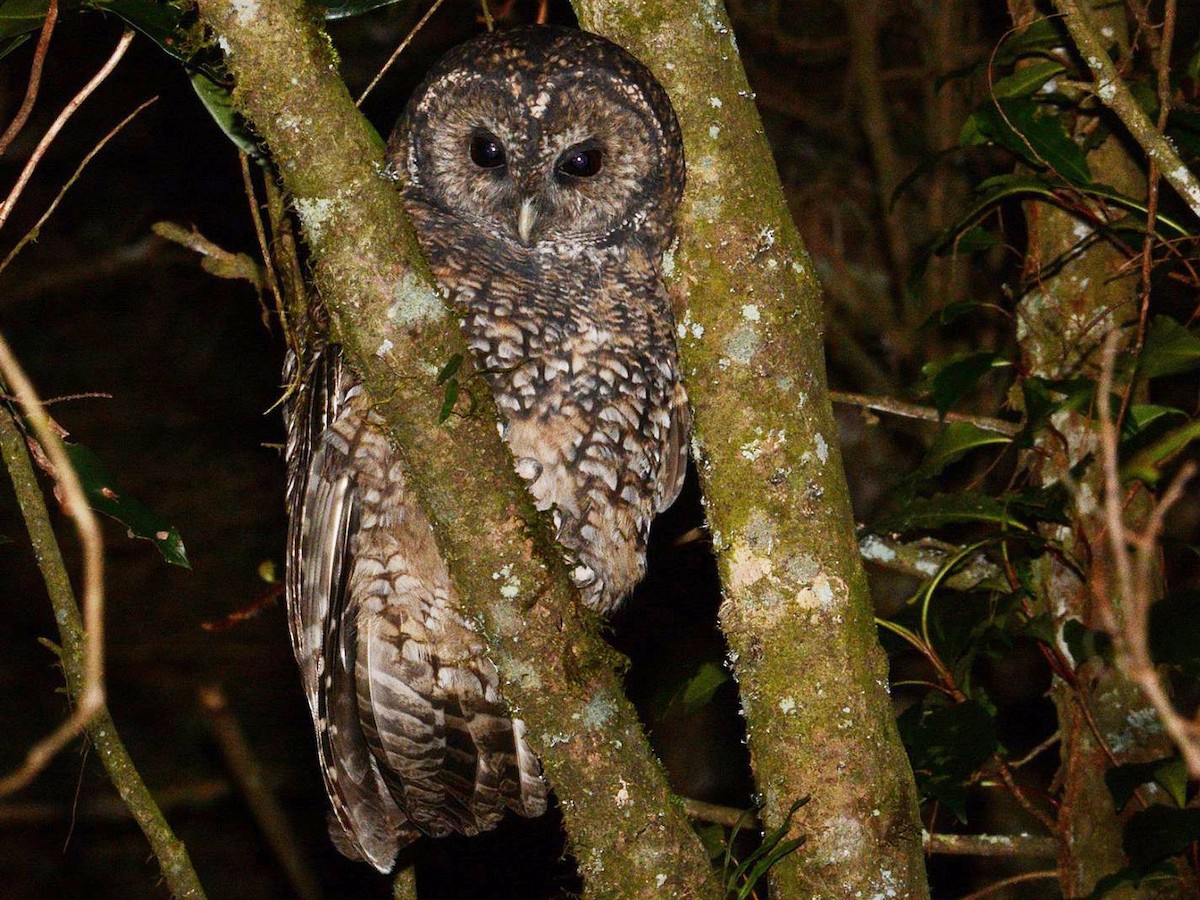
Himalayan owl
Strix nivicolum
Order:
Family:
Size:
90 to 110 centimeters (35 to 43 inches)
Weight:
500 to 800 grams (1.1 to 1.8 pounds)
Taxonomy:
(Gould, 1850)
Short Description:
Himalayan Owl (Strix nivicolum) is a medium-sized owl species with prominent ear tufts and a rounded facial disc. It has a mottled brown and gray plumage, providing effective camouflage against tree bark. Its eyes are large and yellow, adapted for nocturnal hunting.
Far far away, behind the word mountains, far from the countries Vokalia and Consonantia, there live the blind texts. Separated they live in Bookmarksgrove right at the coast
Himalayan Owl is primarily found in the northern regions, including mountainous areas such as the Himalayas and Karakoram ranges. It inhabits coniferous and mixed forests at elevations ranging from 1,500 to 3,500 meters above sea level.
Himalayan Owl (Strix nivicolum) exhibits typical owl behavior, primarily being nocturnal hunters. Under the cover of darkness, they stealthily patrol their forested habitats in search of prey, which includes small mammals, birds, insects, and occasionally reptiles. With their keen eyesight and acute hearing, they can locate and capture prey with remarkable precision. Himalayan Owls are solitary creatures outside of the breeding season, occupying territories within their preferred habitats. They are known for their silent flight, aided by specialized wing feathers that reduce noise, allowing them to approach prey undetected. Breeding occurs in the spring, with pairs forming monogamous bonds and nesting in tree cavities.
Far far away, behind the word mountains, far from the countries Vokalia and Consonantia, there live the blind texts. Separated they live in Bookmarksgrove right at the coast
About Photographer : Hello World
Facebook
Twitter
Instagram
Flicker
LinkedIn


